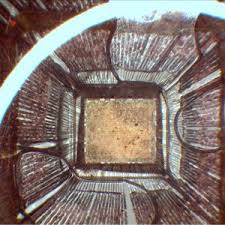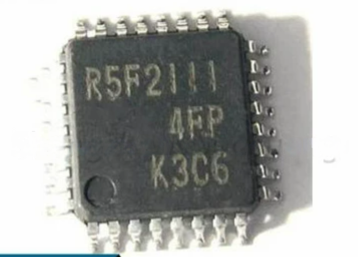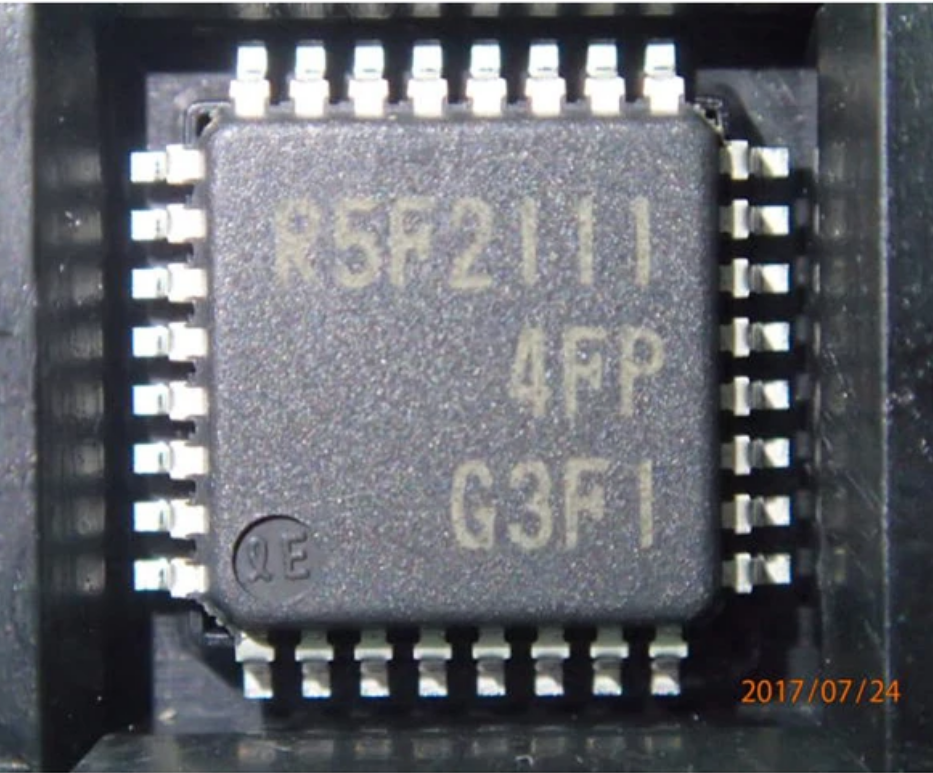Crack Renesas R5F21114FP Microcontroller Flash Memory
Crack Renesas R5F21114FP Microcontroller Flash Memory and recover embedded firmware from MCU’s flash memory, copy the flash program to new microprocessor;

This CPU has 16 general-purpose registers (R0 to R15). R0 to R15 can be used as data registers or address registers. R0, a general-purpose register, also functions as the stack pointer (SP).

The stack pointer is switched to operate as the interrupt stack pointer (ISP) or user stack pointer (USP) by the value of the stack pointer select bit (U) in the processor status word (PSW).
- Interrupt Stack Pointer (ISP)/User Stack Pointer (USP)
The stack pointer (SP) can be either of two types, the interrupt stack pointer (ISP) or the user stack pointer (USP). Whether the stack pointer operates as the ISP or USP depends on the value of the stack pointer select bit (U) in the processor status word (PSW).

Set the ISP or USP to a multiple of 4, as this reduces the numbers of cycles required to execute interrupt sequences and instructions entailing stack manipulation.
- Interrupt Table Register (INTB)
The interrupt table register (INTB) specifies the address where the relocatable vector table starts.
- Program Counter (PC)
The program counter (PC) indicates the address of the instruction being executed to recover embedded firmware from mcu R5F2L388 flash memory.
- Processor Status Word (PSW)
The processor status word (PSW) indicates the results of instruction execution or the state of the CPU.
- Backup PC (BPC)
The backup PC (BPC) is provided to speed up response to interrupts.
After a fast interrupt has been generated, the contents of the program counter (PC) are saved in the BPC register.

- Backup PSW (BPSW)
The backup PSW (BPSW) is provided to speed up response to interrupts.
After a fast interrupt has been generated, the contents of the processor status word (PSW) are saved in the BPSW. The allocation of bits in the BPSW corresponds to that in the PSW.
- Fast Interrupt Vector Register (FINTV)
The fast interrupt vector register (FINTV) is provided to speed up response to interrupts.
The FINTV register specifies a branch destination address when a fast interrupt has been generated.

